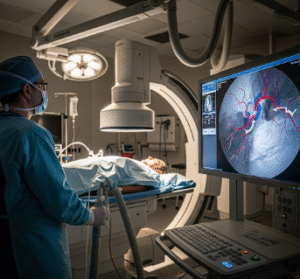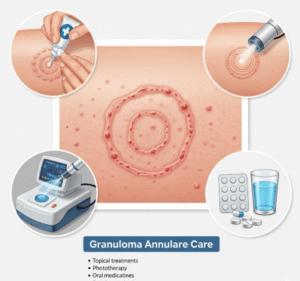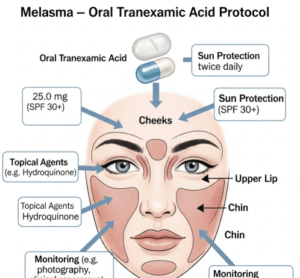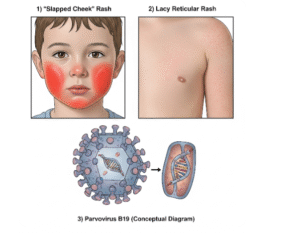Overview
Spinal stenosis is a condition characterized by the narrowing of spaces within the spine, which can compress the spinal cord and nerves, leading to pain, numbness, and weakness. It most commonly affects the lower back (lumbar spine) and neck (cervical spine). South Korea provides advanced diagnostic and treatment options, including minimally invasive surgeries and rehabilitation services at leading medical centers.
What is Spinal Stenosis?
Spinal stenosis occurs when the spinal canal or nerve root canals become narrowed due to degenerative changes, herniated discs, or congenital factors. This narrowing places pressure on the spinal cord or nerves, causing symptoms that may worsen over time.
Symptoms
- Lower back or neck pain
- Numbness or tingling in the arms, hands, legs, or feet
- Muscle weakness
- Difficulty walking or maintaining balance
- Cramping or heaviness in the legs when standing or walking (neurogenic claudication)
- Loss of bladder or bowel control in severe cases
Causes
- Degenerative arthritis causing bone spurs
- Herniated or bulging discs
- Thickened ligaments in the spine
- Spinal injuries or fractures
- Congenital spinal narrowing
- Tumors or infections (rare)
Risk Factors
- Aging and natural wear-and-tear on the spine
- Previous spinal injuries or surgeries
- Genetic predisposition
- Certain occupations involving heavy lifting or repetitive motion
Complications
- Chronic pain and disability
- Nerve damage resulting in permanent weakness or numbness
- Loss of bladder or bowel control
- Reduced quality of life due to mobility limitations
Prevention
- Maintain good posture and spinal alignment
- Regular exercise to strengthen back and abdominal muscles
- Avoid heavy lifting and repetitive spinal strain
- Maintain a healthy weight
- Early treatment of back injuries
Treatment Options in Korea
- Diagnosis
- Physical examination and symptom assessment
- Imaging: MRI, CT scan, and X-rays to evaluate spinal canal narrowing
- Conservative Treatment
- Pain management with NSAIDs and corticosteroids
- Physical therapy focused on flexibility and strengthening
- Epidural steroid injections to reduce inflammation
- Activity modification and use of supportive devices
- Surgical Treatment
- Recommended for severe cases with neurological symptoms or when conservative treatment fails
- Procedures include laminectomy, laminotomy, and spinal fusion
- Minimally invasive spine surgery is available at top Korean hospitals such as Seoul National University Hospital and Asan Medical Center
- Postoperative rehabilitation to restore function
- Rehabilitation
- Customized physical therapy programs
- Patient education on posture and ergonomics
- Long-term follow-up care













